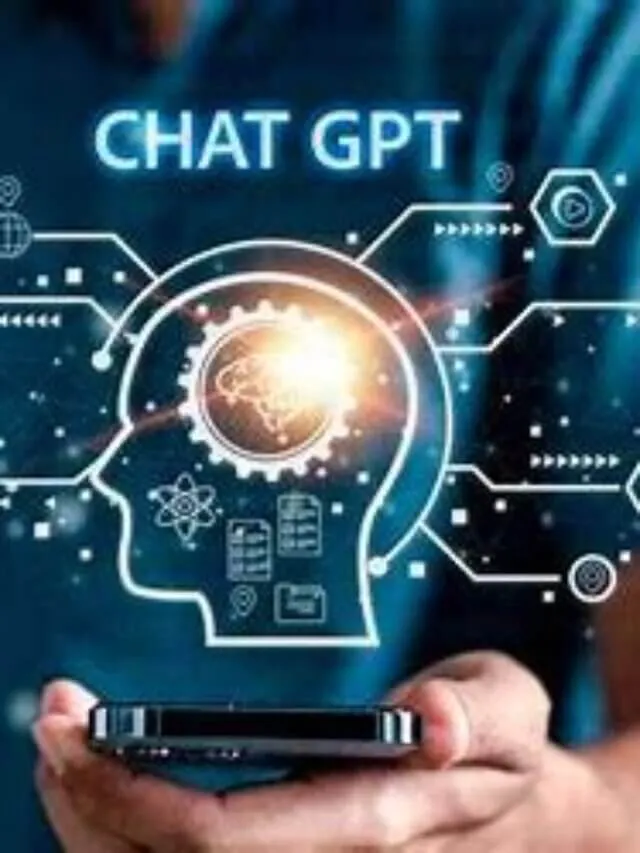Rise of Chatbots: How AI Revolutionizing Customer Service

Chatbots have revolutionized the way people connect with businesses, gather information, and perform activities in the online world in recent years. These intelligent computer programs have evolved from basic rule-based systems into complex AI-powered organisms that can mimic human-like conversations and provide customized experiences
What are Chatbots?
Chatbots are computer programs that have interactions with users on websites, voice assistants, and messaging applications. They sometimes go by the name virtual assistants or conversational agents. They interpret and respond to user input using machine learning (ML) and natural language processing (NLP) techniques, usually in a conversational manner.
History of Chatbots
The concept of a chatbot first appeared in the 1960s with the creation of ELIZA. However, chatbots did not become widely used until the 2010s, when messaging programs such as Facebook Messenger, WhatsApp, and Slack were released.
Types of Chatbots
There are two primary types of chatbots:
i) Rule-based chatbots: These chatbots use pre-defined rules to generate responses based on user inputs.
ii) AI-powered chatbots: These chatbots leverage machine learning and NLP to understand user intent and provide personalized responses.
Benefits of Chatbots
Chatbots offer numerous benefits, including:
a) Enhanced customer service, b) Increased efficiency, c) Cost savings, d) Personalized experiences, e) 24/7 availability
Applications of Chatbots
Chatbots extend beyond customer service, with applications in:
a) E-commerce, b) Healthcare, c) Education, d) Marketing, e) Finance
Challenges and Limitations
Despite their potential, chatbots face challenges, such as:
a) Limited domain knowledge, b) Lack of emotional intelligence, c) Dependence on data quality, d) Security and privacy concerns
Future of Chatbots
As AI and ML technologies continue to advance, chatbots are expected to become even more sophisticated, with:
i) Advanced NLP capabilities
ii) Increased emotional intelligence
iii) Integration with IoT devices
Conclusion
Our way of communicating with companies and obtaining information has been completely changed by chatbots. With their ability to customize experiences and streamline activities, chatbots will become an important part of our everyday lives as technology develops. Welcome the revolution of chatbots and see what they can do!
Rise of Chatbots: How AI Revolutionizing Customer Service

Chatbots have revolutionized the way people connect with businesses, gather information, and perform activities in the online world in recent years. These intelligent computer programs have evolved from basic rule-based systems into complex AI-powered organisms that can mimic human-like conversations and provide customized experiences
What are Chatbots?
Chatbots are computer programs that have interactions with users on websites, voice assistants, and messaging applications. They sometimes go by the name virtual assistants or conversational agents. They interpret and respond to user input using machine learning (ML) and natural language processing (NLP) techniques, usually in a conversational manner.
History of Chatbots
The concept of a chatbot first appeared in the 1960s with the creation of ELIZA. However, it did not become widely used until the 2010s, when messaging programs such as Facebook Messenger, WhatsApp, and Slack were released.
Types of Chatbots
There are two primary types:
i) Rule-based chatbots: These chatbots use pre-defined rules to generate responses based on user inputs.
ii) AI-powered chatbots: These chatbots leverage machine learning and NLP to understand user intent and provide personalized responses.
Benefits of Chatbots
Chatbots offer numerous benefits, including:
a) Enhanced customer service
b) Increased efficiency
c) Cost savings
d) Personalized experiences
e) 24/7 availability
Applications of Chatbots
Chatbots extend beyond customer service, with applications in:
a) E-commerce, b) Healthcare, c) Education, d) Marketing, e) Finance
Challenges and Limitations
Despite their potential, chatbots face challenges, such as:
a) Limited domain knowledge, b) Lack of emotional intelligence, c) Dependence on data quality, d) Security and privacy concerns
Future of Chatbots
As AI and ML technologies continue to advance, chatbots are expected to become even more sophisticated, with:
Advanced NLP capabilities
Increased emotional intelligence
Integration with IoT devices
Conclusion
Our way of communicating with companies and obtaining information has been completely changed by chatbots. With their ability to customize experiences and streamline activities, chatbots will become an important part of our everyday lives as technology develops. Welcome the revolution of chatbots and see what they can do!





